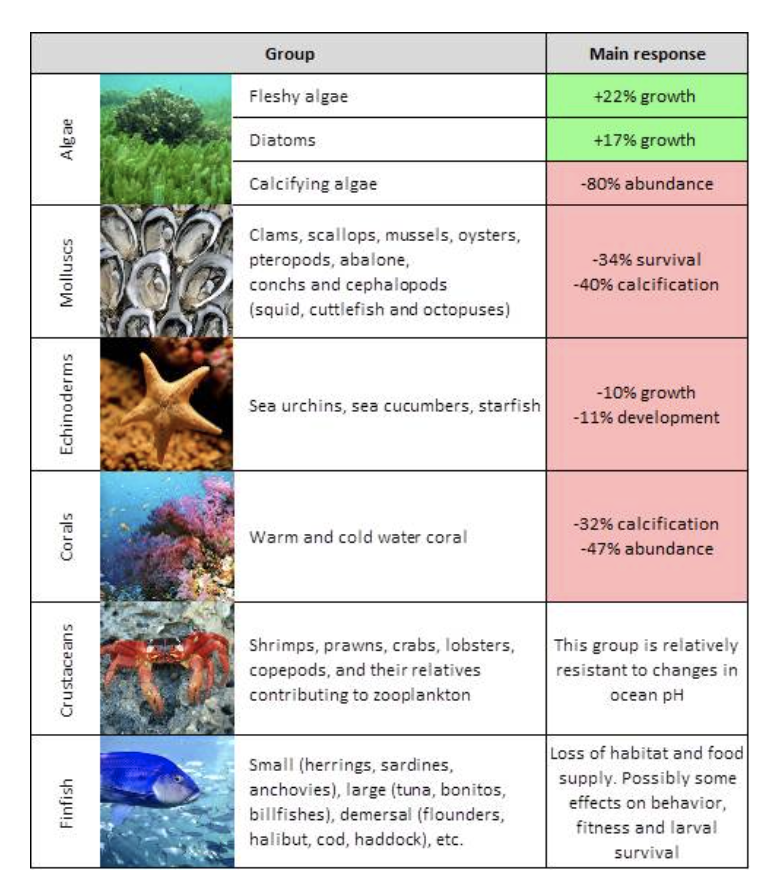Lansdowne Crescent Primary 6 Green

Our Questions
Antarctica is melting around the edges where it touches the relatively warm ocean. Climate change is making the ocean warmer, and it is very unlikely that this will change anytime soon. We expect that the ice covering Antarctica will continue to melt, and will probably melt even faster in the future. If we act swiftly enough there is a chance that the melt will slow down or even reverse, but that chance is dwindling every day.
The science of climate change is now settled. After decades of research on the causes and impacts of climate change, we understand what is causing the climate to change and what needs to be done about it. It is now social and political responses that are needed. And this is where politicians come in.
Politicians definitely do have power when it comes to decision making about climate change. This is the case at all levels of government: Federal, state and local. Governments can make laws and policies which could both reduce the harms being done to the climate and help us adapt to the changes that are already here. For example, in 2022, after years of not having a high enough emission reduction target the Australian Federal government legislated a 43% emissions reduction by 2030 which is a step in the right direction for getting us to ‘net zero’ emissions (no more emissions than can be absorbed or captured) by 2050. The Federal government has also set a goal for 82% of national energy to be from renewables by 2030. The problem is, just making legislation for mitigating climate change is not enough. It needs to be followed by action to help us get there. Right now, experts say Australia is not likely to meet either of these targets.
Unfortunately, governments also have power to take us in the wrong direction when it comes to tackling climate change. For example, in May 2023, the Northern Territory government approved the development of the Beetaloo Basin gas field. This huge methane gas reserve, when extracted and burned, will create enough emissions to undo much of Australia’s current emissions cuts. This is happening at a time when the International Energy Agency says there can be no new fossil fuel development if we are to reach net zero by 2050.
In democracies, elected government representatives are supposed work in ways that people want them to. We know that in Australia right now, over 80% of people are concerned about climate change and want to see climate action. There is a clear disconnect, then, between people’s climate concern and the pace and scale of government action on climate change. As citizens, we need to let politicians at all levels of government know that they aren’t acting urgently or significantly enough – and hold them accountable. How can we do this? Young people have taken out court cases against government and protested in the streets. We can join them. Also, join with an adult and write to your MP. Get involved in local climate mitigation and adaptation action. Get educated about climate change and use your vote for climate when the time comes.
Climate change is caused by natural processes but also increasingly by human activities. The main driver of climate change is the greenhouse effect. Some gases in the atmosphere have a similar function to the glass in a greenhouse. The glass walls of a greenhouse let heat and light from the Sun in, which warms up the air inside. Similarly, greenhouse gases let the incoming heat from the Sun pass through to the Earth’s surface, where it is trapped. Many of these gases occur naturally, and natural causes of changes to the greenhouse effect include solar radiation and volcanic activity. But human activities are increasing the concentrations of some greenhouse gases in the atmosphere, in particular carbon dioxide, methane, nitrous oxide and fluorinated gases, leading to an enhanced greenhouse effect and warmer temperatures.
The main human activities causing these changes are:
- Burning of fossil fuels such as coal, oil and gas, which produce carbon dioxide and nitrous oxide
- Deforestation, which means that there are less trees to help absorb carbon dioxide from the atmosphere, and carbon stored in the trees is released to the atmosphere
- Increasing livestock farming, which is problematic as cows and sheep, for example, produce large amounts of methane when they digest their food
- Fertilisers containing nitrogen, which produce nitrous oxide emissions
- Fluorinated gases, which are emitted from equipment and products that use these gases, such as refrigerators, air conditioners and heat pumps
While natural processes play a role in how the climate changes, what we are currently experiencing cannot be explained by natural processes alone. Since at least the mid 20th century, humans are unequivocally causing climate change, and unless we modify how we live and how we interact with the environment around us, this will continue to be the case.
Wow, that really is the million-dollar question, but an important one to ask! I think the most effective strategy is being engaged in whatever way you can. Climate change is a human made problem - the solutions to climate change will also have to come from us. So having passionate, curious, enthusiastic and dedicated people engaging in the process, for me, is the most effective strategy.
How you engage in this can be completely up to you! You don’t have to be a mathematician modelling carbon emissions, or an ecologist investigating the impacts of climate change on the Great Barrier Reef 😊 You can have a conversation with your friends and family about climate change and tell them why it is such a big issue and what they, you, and we all can do to take action and make a difference. You can discuss your worries for the future and the changes you would like to see. You can take part in protests about political decisions you disagree with. You can sign and share climate action petitions online. The most important thing is to make your voice heard.
There are lots of things, big and small, we can all do to help address climate change. The important thing to remember is that we should try to do something but not feel guilty if we can’t do everything. We all have different abilities 😊 Check out the Curious Climate Schools website for ideas on ways we can take action on climate.
Climate change affects the earth in many and complex ways. Much research attention is currently being directed towards the influence of climate change on biodiversity both on land and in the oceans.
You’ve likely seen discussion about coral bleaching on our own Great Barrier Reef. Research from the IPCC (Intergovernmental Panel on Climate Change) shows that with global temperature rise of 1.5°C, 70-90% of coral reefs will be lost. With a rise of 2°C, 99% percent will be lost. Along with coral loss will come the degradation or loss of whole reef ecosystems and the species evolved to live in them.
The oceans have absorbed around a third to a half of carbon dioxide released into the atmosphere through human activity since the 1850s. This process is changing the pH of ocean water, making it more acidic. Research shows that there has been a 26% increase in ocean acidity since the 1850s – which is about 10 times faster than at any time in the last 55 million years. Ocean acidification makes carbonate less available in sea water and as this is the building block of the shells and skeletons of many marine organisms, it has negative consequences for many marine organisms. Molluscs and some species of plankton are particularly affected. Ocean acidification also further weakens coral, making it more vulnerable to destruction in storms. Some species may benefit: some algae and sea grasses may increase their growth rates. This image summarises how some key marine organisms will likely be impacted:

On land, climate change impacts on ecosystems are already widespread. One of the most visible may be the loss of millions of hectares of pine forest in British Colombia in Canada since the 1990s. This widespread damage has been caused by an insect called the Mountain pine beetle (Dendroctonous ponderosae). Normally kept in check by cold winter temperatures, the beetle has been able to survive winters that have recently become warmer due to climate change and has killed trees across vast areas.
In other places, species that are adapted to cool alpine or temperate environments move up towards mountaintops as temperatures warm – however, when they reach mountain summits, there is nowhere else for them to go. One example of this is the White lemuroid ringtail possum (Hemibelideus lemuroides) which lives only in the high altitude Daintree cloud forests here in Australia and is now only found on a few isolated mountain tops. It’s unable to survive temperatures above 30°C for very long.
Of course, animals that rely on ice, for example, Polar bears and Ringed seals in the Arctic, and Emperor penguins in the Antarctic, will be increasingly threatened as ice melts. A recent study has warned that almost all Emperor penguins in Antarctica will die out if no changes are made to greenhouse gas emissions.
The situation for the planet’s biodiversity is certainly very precarious and confronting – however, these losses are not inevitable. Science tells us that if we can work globally to limit greenhouse gas emissions quickly and dramatically, we would see a stabilisation of temperatures within 20-30 years. Restoring natural habitats has been identified as one way to both protect biodiversity and store carbon – a win-win for local biodiversity and the planet as a whole. Reducing emissions and restoring habitats (sometimes called “rewilding”) are essential now to protect the remarkable biodiversity of planet Earth.













